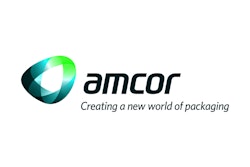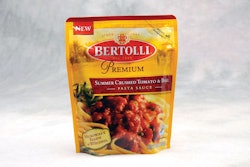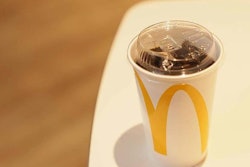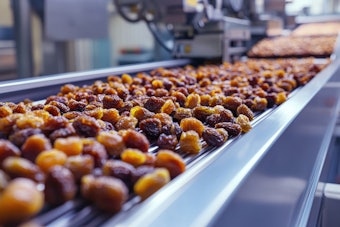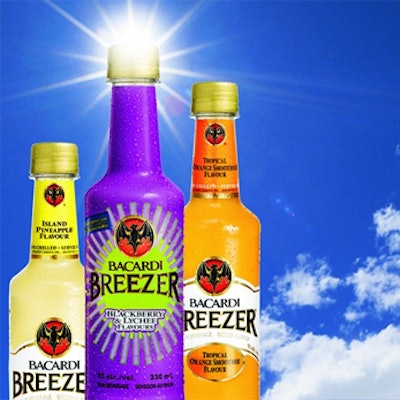
Bacardi Canada’s full line of 11 Breezer® rum beverages is now on store shelves in new PET bottles from Amcor PET Packaging (www.amcor.com). Notes Bacardi, converting from glass to PET for the carbonated alcohol drink not only improves the brand’s environmental position, but it has also enhanced its market position with consumers.
“Our customers prefer PET for this type of ready-to-drink beverage. It is more consumer-friendly,” says Dale Harrison, materials sourcing manager for Bacardi Canada. “We like it because it’s lighter than glass, and it is ideal for many outdoor venues where Breezers is consumed. The new package also comes with a resealable screw cap, which the glass bottle did not offer.”
While consumer preference was the primary factor in Bacardi Canada’s decision to convert, Harrison says transportation cost savings due to lighter-weight containers and the environmental advantages of PET reinforced the company’s decision. Bacardi is now benefiting from a significant case-weight reduction of nearly 30% with the new PET packaging. Each 330-mL PET Breezer container weighs 38.8 g, compared with 244.5 g for glass, resulting in a case weight of 9.9 kg compared to 14.7 kg.
From a carbon footprint standpoint, the conversion has resulted in a 22% reduction, says David Clark, Amcor PET director of sustainability. He adds that future shifts in production at the Brampton, Ontario, facility where the bottles are manufactured could drive that percentage even higher.
Before the conversion to PET could be made, though, Bacardi insisted that several requirements be met. “We wanted the same profile as our glass bottle,” Harrison says. “It also needed to perform like the glass bottle in terms of maintaining the same carbonation level and shelf life. It was a challenge.”



